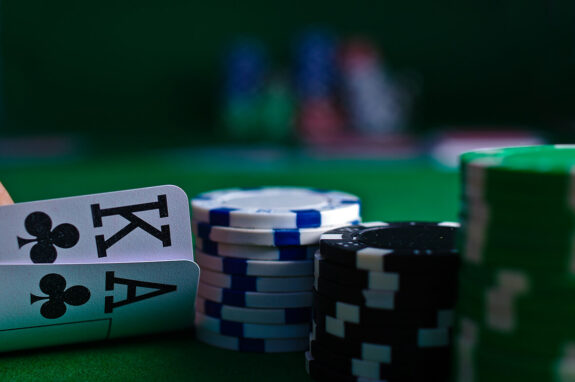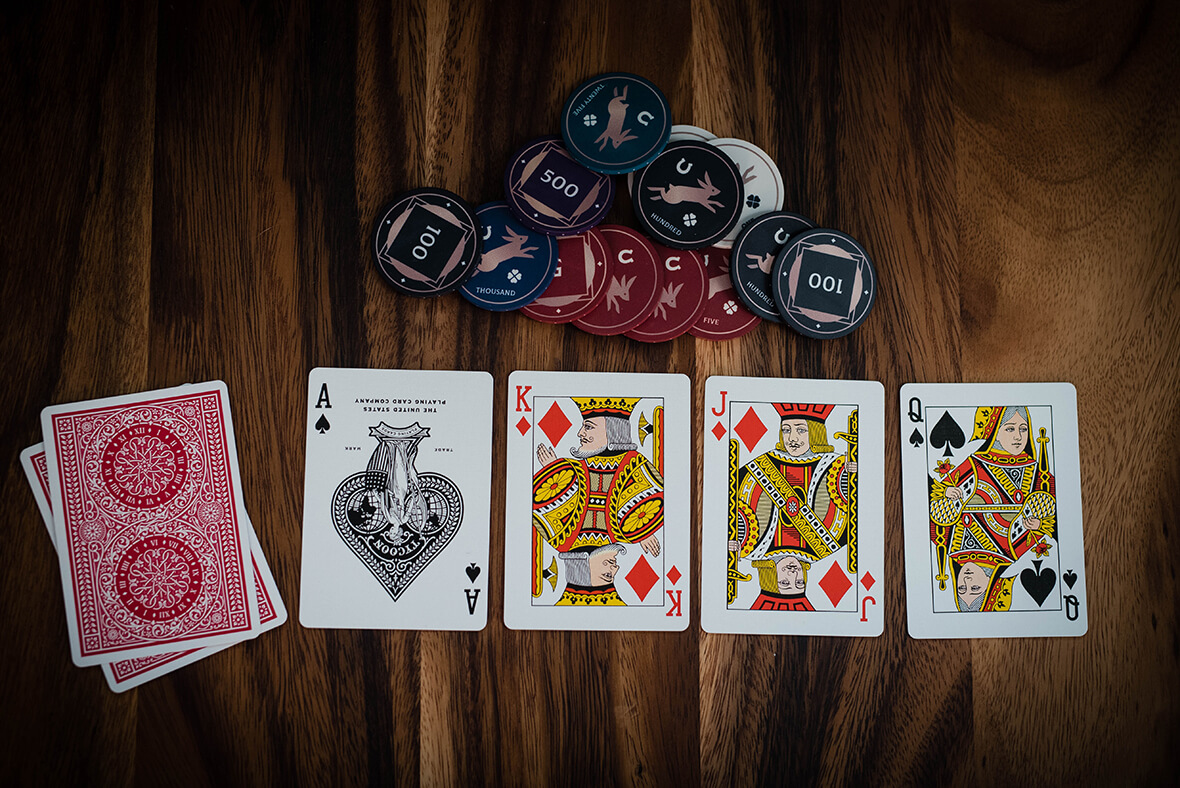
How to Win at Blackjack: Essential Tips & Tricks
Are you ready to embark on a journey to master the thrilling game of blackjack?…

Are you ready to dive into the thrilling world of blackjack? This classic casino game has been captivating players for centuries, and for good reason. Blackjack is a game of skill, strategy, and a bit of luck, making it an exciting and rewarding experience for players of all levels.
At its core, blackjack is a comparison card game played between a player and a dealer. The objective is to get a hand value that is closer to 21 than the dealer’s hand, without going over 21. Sounds simple, right? Well, the beauty of blackjack lies in the nuances and strategies that can be employed to increase your chances of winning.
Whether you’re a seasoned player or a newcomer to the game, understanding the basic rules and strategies is essential to becoming a successful blackjack player. In this comprehensive guide, we’ll cover everything you need to know to master the art of blackjack and start winning big.
The primary objective of blackjack is to beat the dealer’s hand by getting a hand value that is closer to 21 without going over. To achieve this, players are dealt two cards, and they have the option to “hit” (receive additional cards), “stand” (keep their current hand), “double down” (double their bet and receive one more card), “split” (split their hand into two separate hands), or “take insurance” (bet that the dealer has a blackjack) depending on the cards they are dealt and the dealer’s upcard.
The game starts with the players placing their bets, and then the dealer deals two cards to each player and two cards to themselves, with one of the dealer’s cards facing up. The players then make their decisions based on the cards they are dealt and the dealer’s upcard, with the goal of getting a hand value as close to 21 as possible without going over.
If a player’s hand value exceeds 21, they “bust” and lose their bet. If the player’s hand value is closer to 21 than the dealer’s, they win their bet. If the player’s hand value is the same as the dealer’s, it’s a “push,” and the player’s bet is returned. The game continues until all players have made their decisions, and then the dealer reveals their hole card and plays out their hand according to the rules of the game.
In blackjack, the value of the cards is crucial to your strategy. The cards are ranked as follows:
The total value of a player’s hand is the sum of the card values. For example, if a player is dealt a 7 and a 5, their hand value is 12. If they are then dealt an Ace, they have the option to count the Ace as 1 or 11, giving them a hand value of 13 or 23 (which would be a bust).
Understanding the value of the cards is essential for making informed decisions during the game. Knowing when to hit, stand, double down, or split your hand can make all the difference between a winning and a losing hand. As you become more familiar with the card values and their implications, you’ll be able to develop a more effective blackjack strategy.
One of the keys to becoming a successful blackjack player is mastering the basic strategy. Basic strategy is a set of mathematically-optimal decisions that players can use to minimize the house edge and increase their chances of winning. By following the basic strategy, players can reduce the house edge to as low as 0.5%, making blackjack one of the most player-friendly casino games.
Basic strategy is based on the player’s hand value and the dealer’s upcard. It provides the player with the best course of action for each possible hand combination, whether that’s hitting, standing, doubling down, splitting, or taking insurance. By following the basic strategy, players can make informed decisions that will maximize their chances of winning in the long run.
Mastering the basic strategy takes time and practice, but the benefits are well worth the effort. Not only will it improve your overall blackjack skills, but it will also help you make more informed decisions and minimize your losses. Whether you’re playing at a land-based casino or enjoying online blackjack, understanding and applying the basic strategy is essential for becoming a successful blackjack player.
One of the most valuable tools for mastering the basic strategy in blackjack is the basic strategy chart. These charts provide a comprehensive guide to the optimal play for every possible hand combination, based on the player’s hand and the dealer’s upcard.
The basic strategy chart is typically organized in a grid format, with the player’s hand values listed vertically and the dealer’s upcards listed horizontally. Each cell in the grid represents a specific hand combination and the recommended action for that situation, such as hit, stand, double down, split, or take insurance.
To use the basic strategy chart, simply find the row that corresponds to your hand value and the column that corresponds to the dealer’s upcard. The intersection of these two points will indicate the optimal play for that situation. For example, if you have a hand value of 16 and the dealer’s upcard is a 9, the basic strategy chart would recommend that you stand.
By consistently referring to and applying the basic strategy chart, you can develop a deep understanding of the optimal plays for various hand combinations and make more informed decisions during the game. This, in turn, will help you reduce the house edge and increase your chances of winning in the long run.
In addition to mastering the basic strategy, there are several other tips and techniques that can help you become a more successful blackjack player. Here are some of the most important ones:
By incorporating these tips into your blackjack strategy, you’ll be well on your way to becoming a more successful and confident player.
While mastering the basic strategy and implementing effective tips can greatly improve your chances of winning at blackjack, it’s also important to be aware of common mistakes that can sabotage your efforts. Here are some of the most common mistakes to avoid:
By being aware of these common mistakes and actively working to avoid them, you’ll be well on your way to becoming a more successful and disciplined blackjack player.
While basic strategy is the foundation of blackjack, advanced players often turn to card counting as a way to gain an even greater edge over the house. Card counting is a technique that involves keeping track of the cards that have been dealt in order to estimate the probability of certain cards appearing in the future.
The premise behind card counting is that certain cards are more advantageous to the player than others. For example, high-value cards (10s and Aces) are generally more favorable for the player, while low-value cards (2-6) are more favorable for the dealer. By keeping track of the cards that have been dealt, the player can adjust their betting and playing strategies accordingly.
There are several different card counting systems, each with its own level of complexity and effectiveness. The most well-known system is the Hi-Lo count, which assigns a value of +1 to low cards (2-6), 0 to neutral cards (7-9), and -1 to high cards (10s and Aces). As the cards are dealt, the player keeps a running count and uses this information to guide their decisions.
While card counting can be a powerful tool for gaining an edge in blackjack, it’s important to note that it requires a significant amount of practice and discipline. Beginners should start with simpler counting systems and gradually work their way up to more advanced techniques. Additionally, some casinos have become adept at identifying and barring card counters, so it’s important to be discreet and avoid drawing attention to your counting efforts.